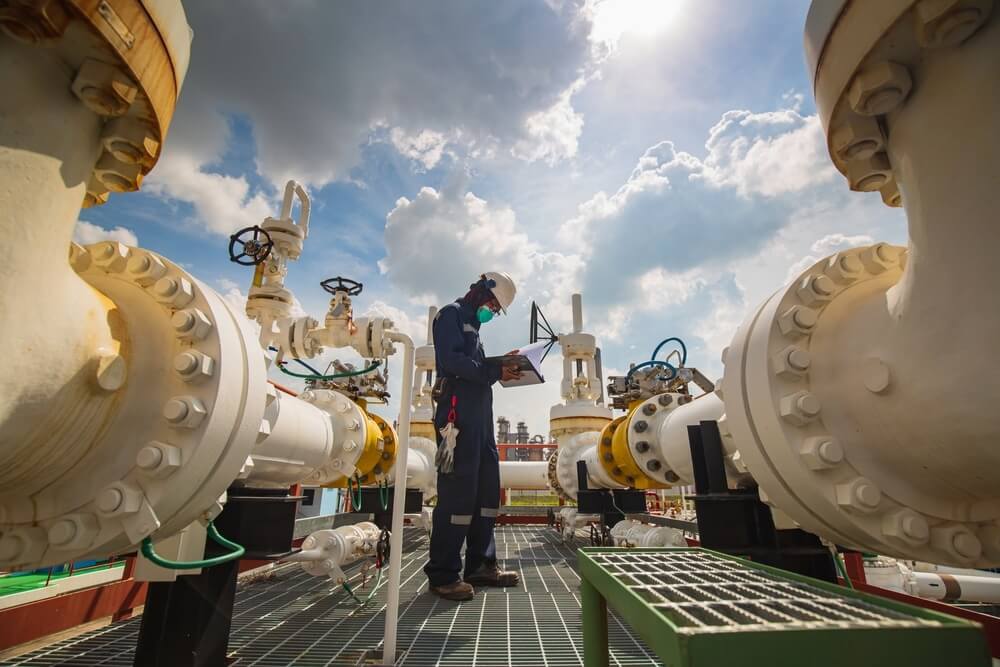
Oil Prices Climbed in A Turbulent Market
Oil prices increased in tumultuous trade on Tuesday as investor fears about restricted fuel supply ahead of the winter season outweighed market concerns about weaker demand in China, the world’s largest oil importer, and increased U.S. and European interest rates.
Brent crude had risen 50 cents, or 0.54%, to $94.53 per barrel. Meanwhile, WTI crude had risen 52,5 cents, or 0.62%, to $88.31 per barrel. Earlier in the session, both contracts declined by more than $1. The Strategic Petroleum Reserve (SPR) in the United States decreased from 8.4 million barrels to 434.1 million in the week ending September 9, the lowest level since October 1984.
In March, U.S. President Joe Biden announced a proposal to release 1M barrels per day from the SPR over six months to combat high U.S. fuel costs, contributing to inflation.
Prospects for reviving the West’s nuclear agreement with Iran remained bleak. On Monday, Germany voiced sorrow that Tehran had not responded positively to European initiatives to resurrect the 2015 accord. U.S. According to Secretary of State Antony Blinken, an agreement is unlikely shortly.
On Tuesday, concerns about weaker global fuel demand capped advances in oil prices as China, the world’s second-largest oil consumer, continued to enforce COVID-19 limitations.
Official figures reveal that the number of journeys over China’s three-day Mid-Autumn Festival holiday fell as harsh COVID-19 laws prevented people from traveling.
Permian Oil Set to Record High
Crude oil output in the Permian Basin will reach a new peak next month, increasing by 66,000 barrels per day from September to 5.413 million barrels per day.
Total oil output in the Lower 48 is expected to rise by 132,000 barrels per day from this month to next, reaching 9.125 million barrels per day, according to the EIA. In October, all plays will increase output, and none will decrease, except Haynesville, which will remain the same.
According to EIA data, total oil output in the United States reached 11.82 million barrels per day in June, the highest level since April 2020.
Oil businesses continue to be cautious of growth at any cost, owing to ongoing constraints such as equipment and workforce shortages and rising expenses due to inflation. Nonetheless, the data suggest that output is increasing in response to healthy demand in the United States and globally.
Europe Gas Slumps Again
Natural gas prices plummeted for a third day as the European Union continued to intervene in the market to alleviate the biggest energy crisis in decades.
Benchmark prices fell as much as 4.95% to a seven-week low. On Wednesday, European Commission President Ursula von der Leyen will deliver her five-point strategy to address the crisis. The EU aims to reduce electricity usage and boost liquidity to prevent the crisis from enveloping the larger economy.
While policy measures are being developed, gas is still being pumped into stockpiles, despite the heating season begins in a little over two weeks. According to Gas Infrastructure Europe, European storage sites are roughly 84% full, slightly higher than the five-year average, and at 88% in Germany. In certain areas, gas injections into stocks continue until October, when heating demand begins to absorb.
Russia’s massive gas supply cuts rocked Europe this summer, forcing companies producing everything from metals to fertilizers to halt output and pushing the economy into recession. Inflation has reached multiyear highs, deepening the cost-of-living issue. It has pushed governments to intervene to alleviate the suffering.
On Tuesday morning in Amsterdam, front-month Dutch gas futures were 1.4% down at 187.92 euros per megawatt-hour. Prices dropped 14% in the preceding two sessions.




